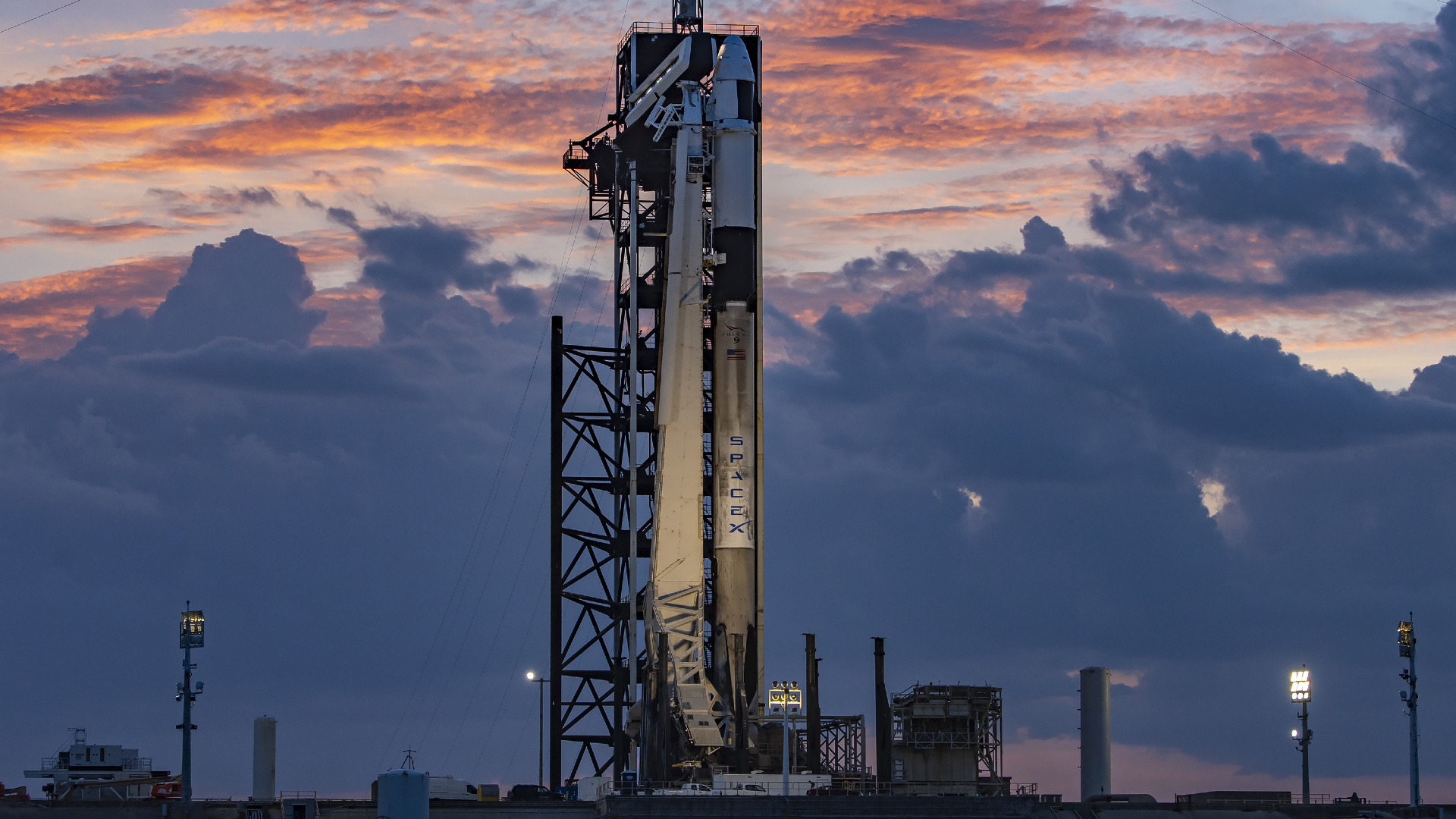Early Wednesday morning, a SpaceX Falcon 9 rocket launched from Kennedy Space Center in Florida, sending four private astronauts into orbit as part of the Ax-4 mission, organized by the commercial space company Axiom Space.
This marks Axiom’s fourth human spaceflight mission. The Houston-based company partners with SpaceX for transportation to the International Space Station (ISS), working in coordination with NASA and other international agencies.
Mission delays prior to launch
The Ax-4 launch was delayed multiple times. Initial weather conditions forced a reschedule earlier this month, followed by a leak detected in the Falcon 9 rocket. The mission was delayed further as NASA and Roscosmos investigated a long-monitored issue in the Zvezda service module aboard the ISS. Once stability was confirmed, the launch received final approval.
Experienced leadership and international crew
Commanding the mission is Peggy Whitson, a retired astronaut who holds multiple records, including the longest cumulative time in space for a U.S. astronaut. This mission will extend her total beyond the current 675 days.
The crew includes pilot Shubhanshu Shukla (India), and mission specialists Sławosz Uznański-Wiśniewski (Poland) and Tibor Kapu (Hungary). For Poland and Hungary, this marks a return to government-backed human spaceflight after more than 40 years.
Scientific and educational objectives
The crew is traveling aboard a new SpaceX Dragon spacecraft, with docking at the ISS expected approximately 24 hours after launch. Over the course of 14 days, the astronauts will conduct nearly 60 experiments covering biology, materials science, physics, and technology demonstrations. They will also engage with students around the world as part of educational outreach.
The Dragon capsule will remain docked to the ISS throughout the mission and is scheduled to return the crew to Earth with a splashdown in the Pacific Ocean off southern California.
Alternative transport systems under evaluation
Dragon remains the only U.S. spacecraft currently certified to carry astronauts to the ISS. Another transport option, Boeing’s Starliner, continues to face technical challenges. A new crewed flight may take place in 2026, pending certification and issue resolution.
This mission represents the 18th time SpaceX has launched humans into orbit, reinforcing its role in commercial spaceflight.







